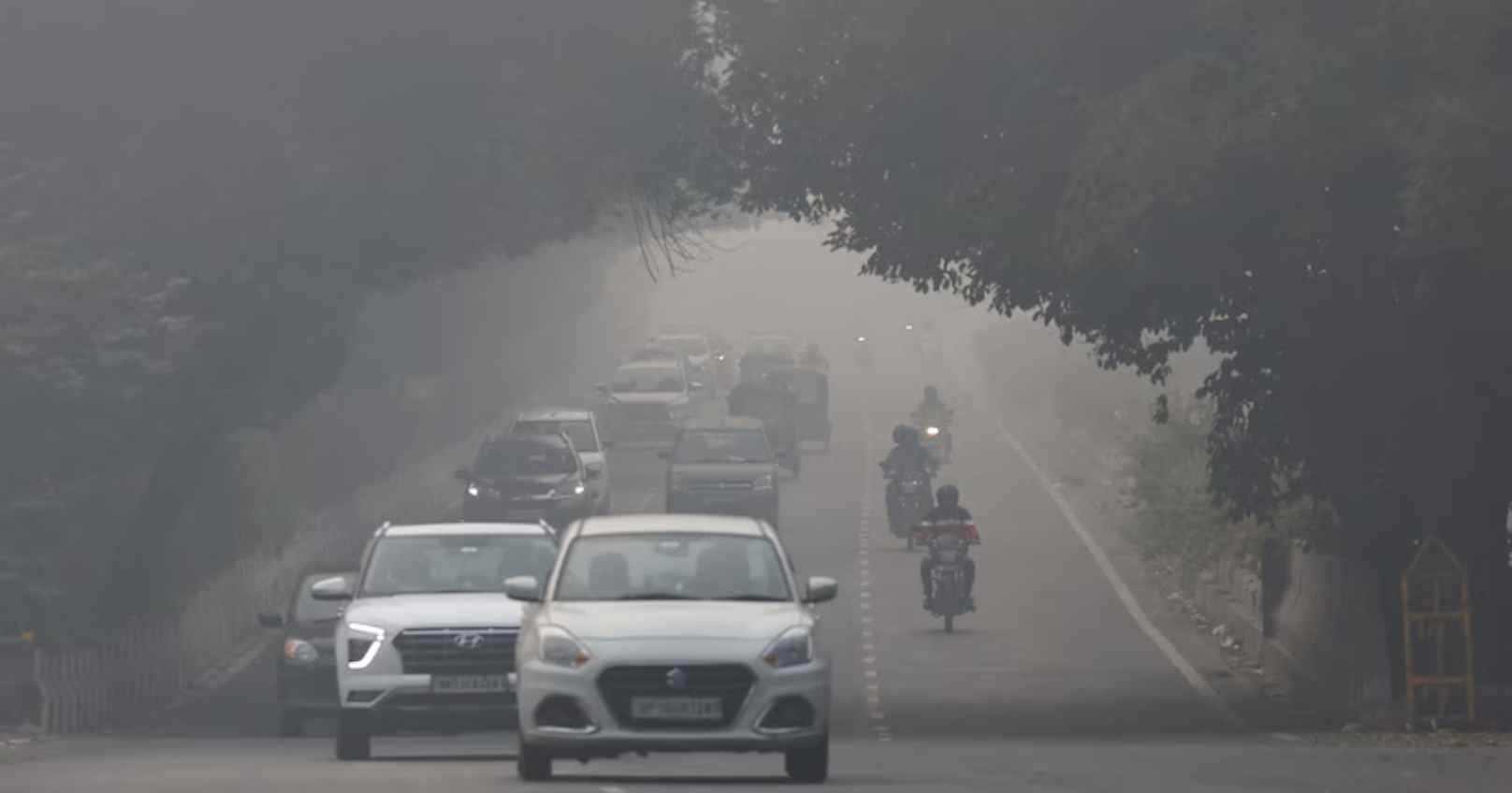On Wednesday, Delhi's air pollution reached "severe" levels with the Air Quality Index (AQI) climbing to 422 at 6 a.m., shrouding the city in thick smog and severely affecting visibility. The dense fog caused disruptions at Indira Gandhi International Airport, with 119 flights delayed and 6 canceled, according to Flightradar. The hazardous air prompted authorities to shut physical classes in schools and halt construction activities across the city.
While the AQI has decreased from Tuesday’s 494 to 422, it remains in the severe category. The minimum temperature also dipped to 12.2 degrees Celsius, the season's lowest, as cold northwesterly winds continued to prevail, the Indian Meteorological Department reported.
Toxic foam was spotted floating on the Yamuna River near Kalindi Kunj, further highlighting the ongoing pollution crisis. Several air quality monitoring stations across Delhi recorded AQI levels above 450 at 6 a.m. Areas such as Rohini, Wazirpur, Anand Vihar, and Ashok Vihar have seen persistent pollution levels above 450 over the last 24 hours.
In response, Delhi-NCR has been placed under Stage 4 pollution curbs as part of the Graded Response Action Plan (GRAP). Measures include restrictions on truck entry, excluding those carrying essential goods or powered by eco-friendly fuels like LNG, CNG, BS-VI diesel, or electricity. Non-essential commercial vehicles from outside Delhi are also banned, and construction activities at public projects have been halted.
Delhi's Environment Minister Gopal Rai appealed to the central government on Tuesday, requesting approval for artificial rain to alleviate the air quality crisis. He also urged the Centre to convene a meeting with experts from IIT Kanpur and other relevant agencies to find solutions.
“The layers of smog engulfing North India make artificial rain the only viable option to clear the air. This has become a medical emergency,” Rai stated, calling on Prime Minister Modi to take urgent action.







